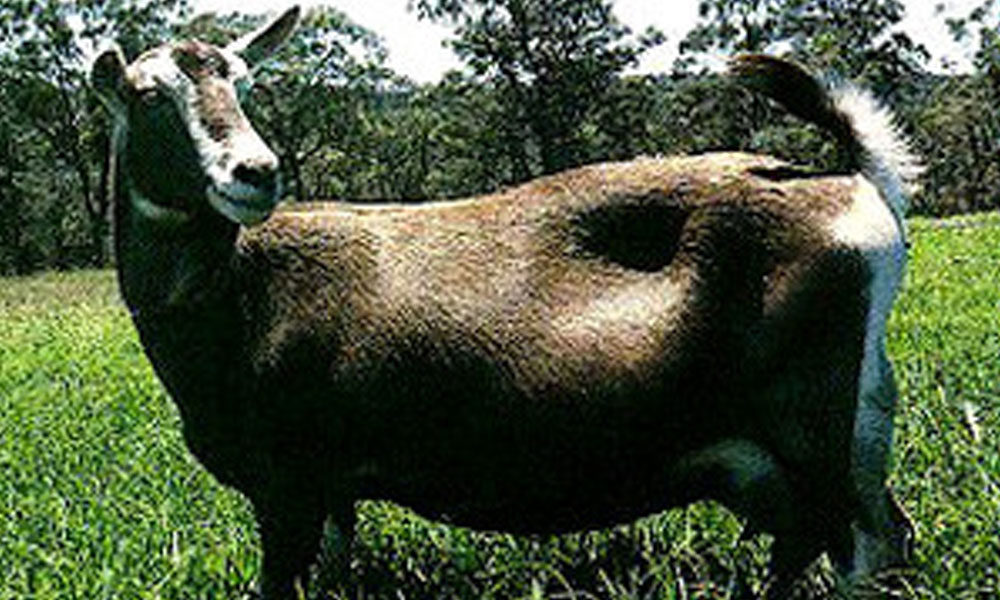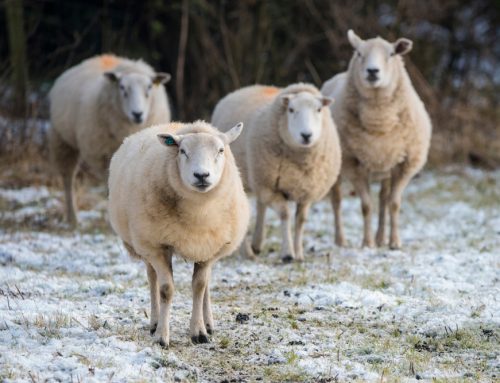Q fever infection in our livestock may be way more common than we have previously considered. This disease can cause serious problems in humans. Read the links below to find out more about this zoonotic disease.
Coxiella burnetii in Bulk Tank Milk Samples, United States link to a CDC article
The following article was taken from The Colorado Veterinary Medical Association newsletter “Voice” volume 2006 issue # 2.
It is a report from the Colorado Department of Public Health and Environment on an episode of Q fever from a goat herd in Colorado.
In late 2005, CDPHE began investigating a cluster of human cases associated with a 360-head goat herd maintained at a horse boarding ranch. During spring birthing, approximately 20 percent of the nannies aborted or delivered stillbirths. A woman caring for a pair of ill newborn goats subsequently became ill and was diagnosed with Q fever. A cohort study of 68 horse boarders and ranchers was conducted with interviews of 66 (97%) persons, of whom 38 (58%) were tested for antibodies to C. Burnetii. Twenty (53%) of these people were shown to have been recently infected (19 probable cases and one confirmed case). Of these 20, ten (50%) reported compatible symptoms since May 1, 2005; ten were asymptomatic. Various forms of goat contact were significantly associated with infection, including feeding goats, contact with newborns, contact with stillbirths or newborn goats that subsequently died, pulling goats during the birthing process, and vaccinating goats against Chlamydia done during the kidding season. Risk increased when multiple contacts were reported.
Of 40 environmental soil samples collected, 9(23%) were confirmed positive and another 13(33%) presumptively positive. Two confirmed positive specimens were the dried placentas collected from a horse stall. Of 21 milk samples and 51 vaginal swabs collected from 51 goats, two (3%) samples – one milk and one vaginal swab from two different goats – were confirmed positive. Another 5(7%) were presumptively positive; three of these were milk samples and two were vaginal swabs.
Due to the high rate of seropositivity in persons with goat contact at the ranch, the high percentage of positive soil samples and the potential for Q fever to be disseminated by wind, a community serosurvey was conducted. All households within one mile of the herd were contacted and 159 persons agreed to submit blood samples. Of these 13 (8%) had evidence of recent infection; six reported a compatible illness. Analysis of this preliminary data is ongoing. A CSU veterinary pathologist is conducting additional studies on goats involved in this outbreak. One discovery during this investigation was the lack of published literature on how to treat or manage a Q fever infected herd. Dr. John Pape, epidemiologist, Colorado Department of Public Health and Environment







Leave A Comment